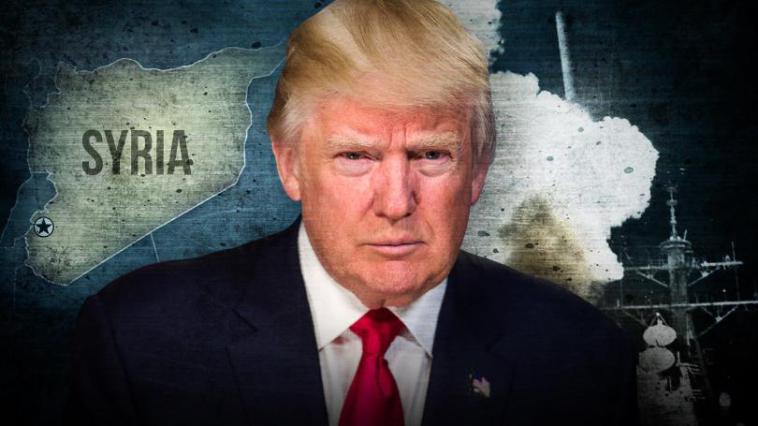COMMENTARY
Azmeh Talha
Transcript editor
aatalha@owu.edu
Looking back on the past couple of months, it’s all kind of surreal, isn’t it? And now we’ve finished spring semester in ways none of us could have ever contemplated.
Ohio Wesleyan University students from all over Ohio, the U.S. and around the world had roughly two months on campus before the novel coronavirus shut us down and forced students and faculty to head into the uncharted territory of remote learning.
Living through a pandemic has been life-changing and it has uprooted us in unexpected ways. No longer did we have the normal daily regime – waking up, getting to class on time, attending extracurriculars, working, like it or not, for extra cash, or heading to a favorite study spot to start assignments left untouched until the 11th hour.
We were stripped of the options to run downtown for hot java from Delaware’s coffee shops, grab a smoothie from Pulp, complete workouts at Simpson Querrey Gym, or satisfy cravings for Asian cuisine at Typhoon, Amato’s pizza or a taste of Greece at Opa’s.
It was demanding to adjust to remote learning. Getting into a focused study groove from the comfort of home, struggling with internet access or making it to class on time while living in different time zones across the world was not easy. The inability to visit professors during office hours while struggling to grasp course content or just to chat was the strangest new normal.
But we adjusted to these unanticipated changes and so I say to faculty, staff and students, I am proud of us all for making it work, as challenging as it was.
Professors across departments, thank you for your flexibility with students. Thank you for being patient and understanding throughout this overwhelming experience and most importantly, thank you also for going through the stress of learning how to remotely teach.
Special recognition should go to faculty who lead students through complex projects or lab or art assignments without having access to OWU’s distinctive classroom equipment.
Fellow Bishops, I am proud to call you peers. Through unprecedented circumstances, you displayed great strength in handling these stressful situations. If you can manage your responsibilities through a pandemic, you know you can do anything.
Being abruptly evicted from dorms, attending classes from home and the uncertainty of, well, pretty much everything, is a lot to handle. But you hung in and made the most of a mind-boggling situation. My hope is this pandemic will make us all stronger. You must be grateful this odd semester is coming to an end. I know I am.
Seniors, please take a moment to reflect on your four years at OWU and be grateful. Recall the all-nighters, the questionable food at Smith Dining Hall, the dorm roommate you loved, hated or peacefully coexisted with, studying in peaceful and aesthetic Slocum reading room, the hands-on experience of a liberal arts education and the fun and craziness of it all. Recall the close friends and new friends from diverse backgrounds that you may not have met elsewhere.
To the Class of 2020, you deserve a better goodbye. I have faith you will get it one day.
Meanwhile, plan an awesome-as-possible graduation ceremony with loved ones. You earned it. Get as wild and extravagant as virtual ceremonies can with your family and friends without blowing social distancing boundaries. You earned your bachelor’s degree; you deserve the festivities.
For the rest of us, this may not be the farewell we had in mind, but I hope this year at OWU was memorable. I hope you’ll look back on OWU as a place of opportunity, support and growth wherever you go from here. I wish you nothing but luck, success and happiness and I hope to see you again this fall.
This virtual goodbye does not seem enough, does it? It feels like we said farewell in March without really saying the actual words. Nonetheless, on behalf of The Transcript and its staff, goodbye to all of our strong, hardworking faculty, staff and students. We’re all family you know.
Stay safe, Bishops. And don’t forget – wash your hands.









